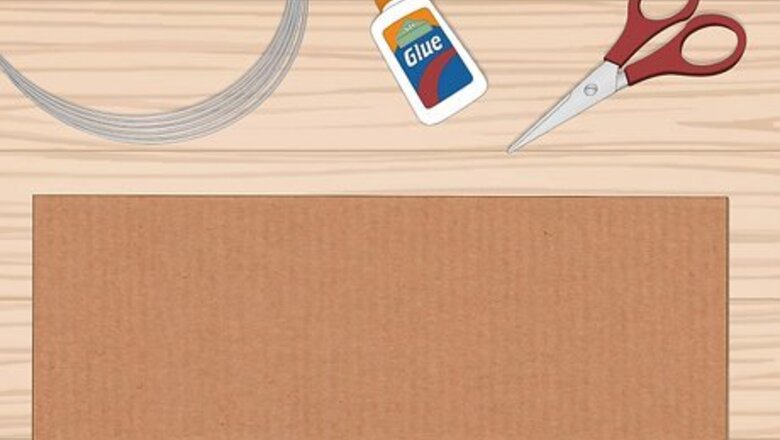
views
X
Research source
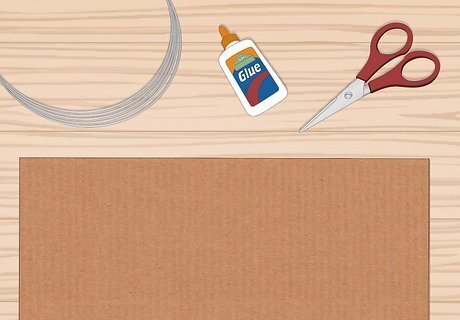
Choose materials. This example will use cardboard and wire, since just about anybody can readily obtain and cut them, but a sturdier or more attractive model could use balsa wood, Popsicle sticks, wood, stiff craft foam, metal, or found materials such as a container lid. Choose materials according to what you can find and whether you can work with them easily.

Create a base. The base simply supports the other mechanism parts and provides pivot points for the rotating members. In this cardboard model, a large sheet of cardboard cut from the side of a cereal box will serve as the base.
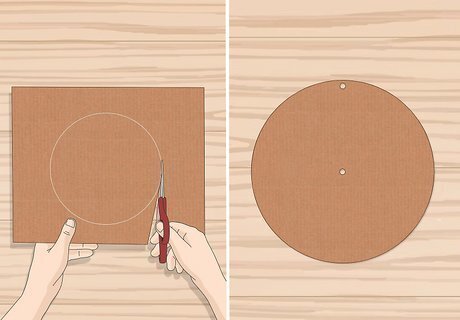
Cut out the crank. The crank needs two pivot points. They may be on a circular cutout as shown here, or they may be on either end of a short rectangular piece. If you'd like a circle, use a compass or trace around a circular object of a suitable size, such as a can or glass. Make a hole in the center of the crank and make another near the edge of the circle. For a linear crank, make holes near each end. Don't put any holes too close to the edge.
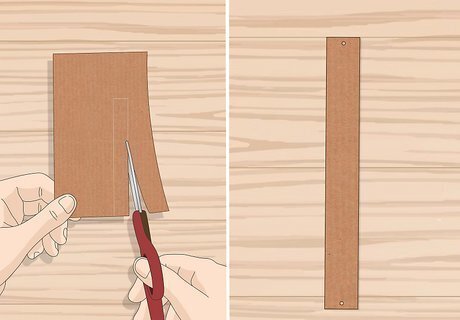
Cut out the shaft. Make it about twice as long as the distance between the two holes. Make holes near either end of the shaft.
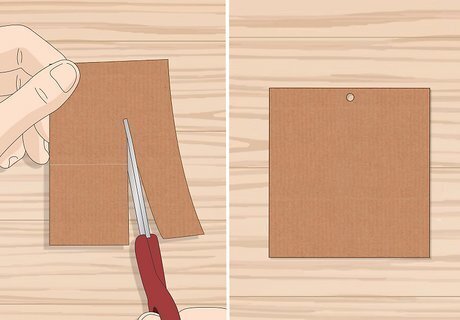
Cut out the slider. This can be a simple rectangle of whatever material you are using. If you will place the slider into a tube, such as a pipe, you may prefer a cylindrical object, such as a cork or a piece of dowel or rod. Place a hole in one end of the slider.

Fashion a means of retaining the slider along a linear path. For a two-dimensional cardboard model, you can use rectangles folded and glued to your base. Make these retainers two times as long as the crank, plus the length of the slider.
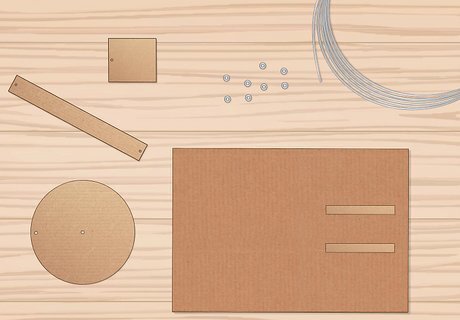
Prepare pivots. This model uses craft wire and buttons, but any assemblage that will fit freely through the holes and hold the pieces together while allowing them to rotate against each other will do.
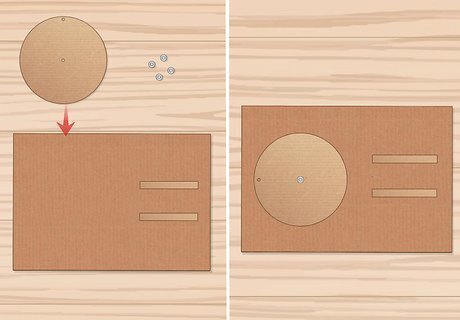
Put a hole in your base material and create a pivot between the center (or one end) of your crank and the base.

Create a pivot between the crank and the shaft. If you're making a two-dimensional model on a base of wood or cardboard, place the shaft on top of the crank.
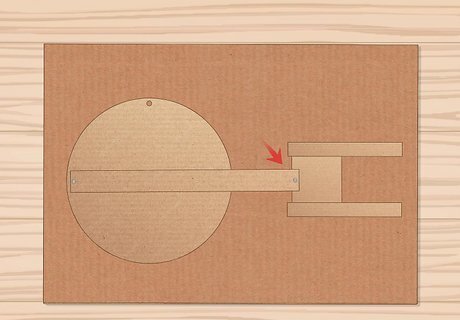
Create another pivot between the shaft and the slider. In a two-dimensional model, place the slider under the shaft.
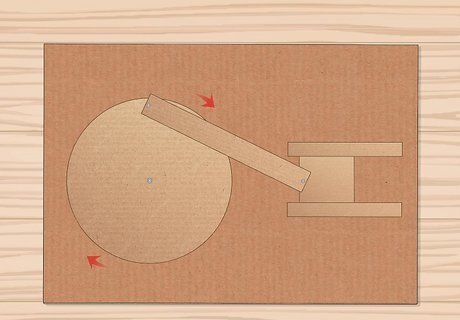
Rotate the crank so that the slider is in its fully retracted position. Arrange the retainers on either side of it so that it has a path to move and fasten them down. Glue or even staples will do for paper.


















Comments
0 comment